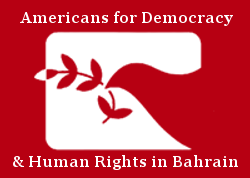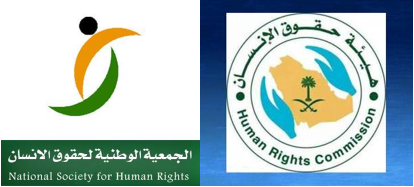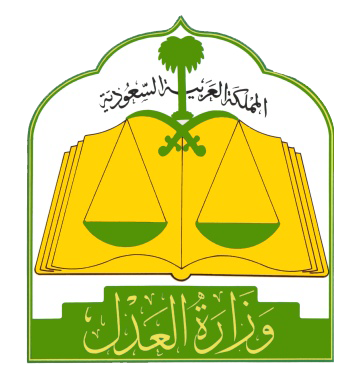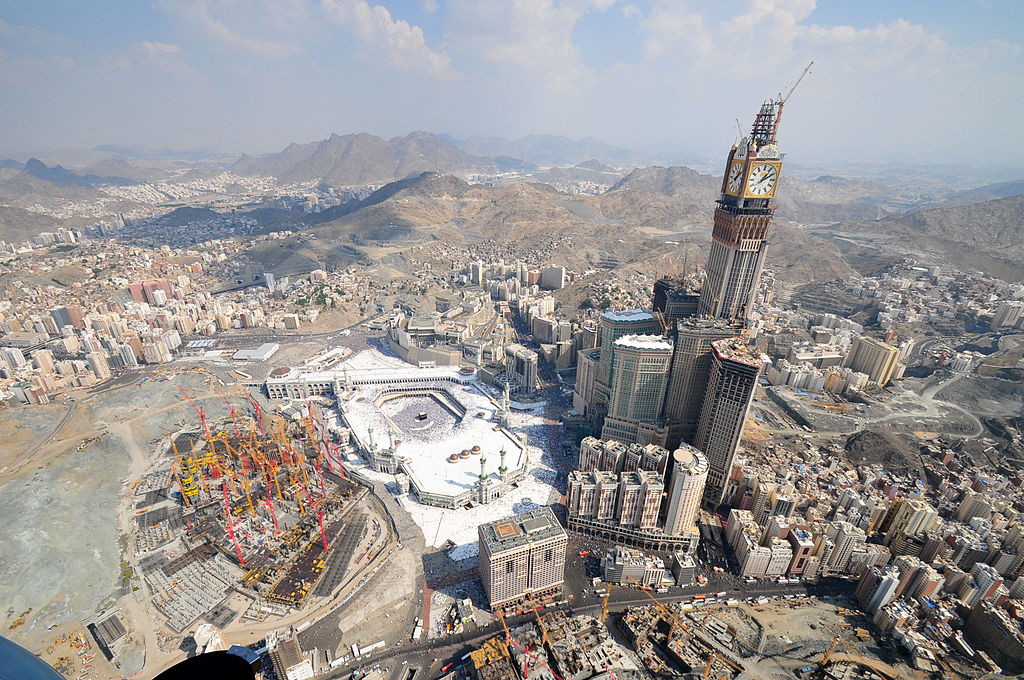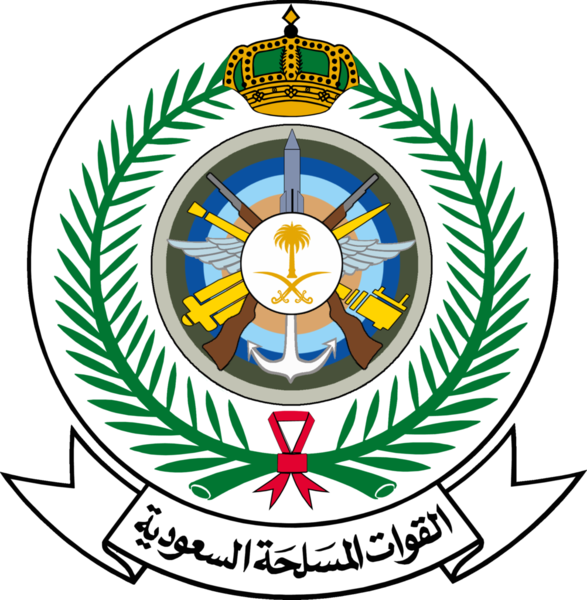Marking 300 days of his hunger strike, forty-four international NGOs call for the immediate release of Bahrain prisoner of conscience Dr Abduljalil al-Singace. Dr al-Singace has foregone food, and subsisted on water and IV fluid injections for sustenance since 21 March 2015. He began his hunger strike in protest to the worsening conditions in Jau[…]
*Best viewed in full-screen mode. In Mapping the Saudi State, Chapter 9: The National Human Rights Institutions, ADHRB reviews the two permissible human rights organizations within Saudi Arabia: the government-run Human Rights Commission, and the government-influenced National Society for Human Rights (NSHR). In studying their work and advocacy, ADHRB recognizes their positive contributions to the[…]
*Best viewed in full-screen mode. In Mapping the Saudi State, Chapter 8: The Ministry of Justice, ADHRB reviews Saudi Arabia’s judiciary. Focusing on the judiciary’s interaction with the criminal justice system, ADHRB finds that Saudi judges, under the watch of the MoJ, lack the independence to adjudicate cases absent monarchical influence; in politically-sensitive cases, they routinely violate[…]
*Best viewed in full-screen mode. In Mapping the Saudi State, Chapter 7: The Destruction of Religious and Cultural Sites, ADHRB studies the complicity of the Saudi Ministry for Islamic Affairs, Endowments, Da’wah, and Guidance in the destruction and defacement of religious and historical sites within the kingdom. ADHRB finds that the ministry has either ignored[…]
*Best viewed in full-screen mode. In Mapping the Saudi State, Chapter 6: The Saudi Armed Forces, ADHRB studies the major branches of the Saudi government’s military and the Ministry of Defense and Aviation (MODA), which oversees their activity. Since its origins in the 1930s, the Saudi armed forces have largely been organized and trained by foreign[…]

